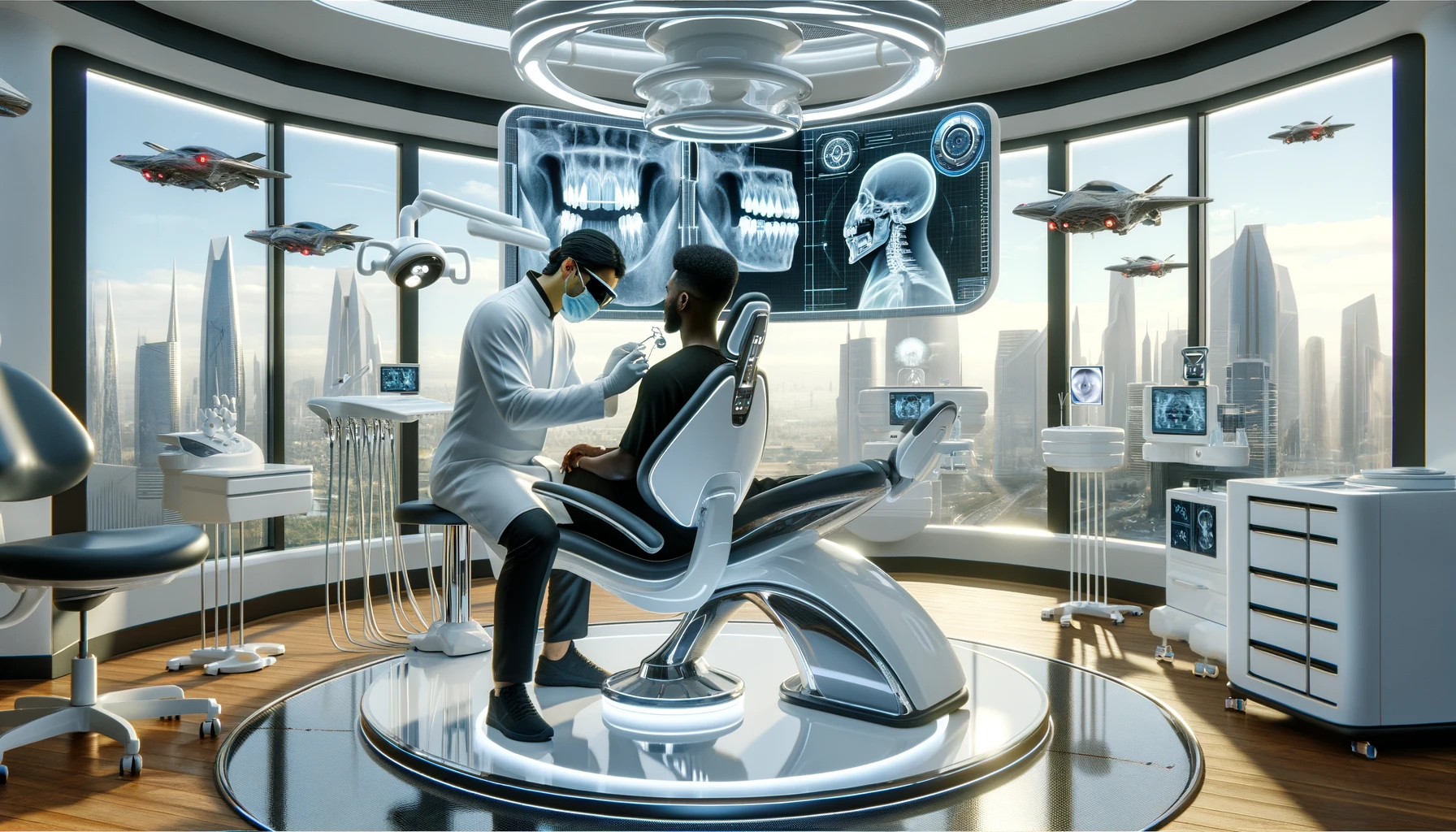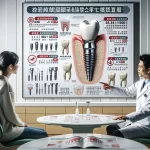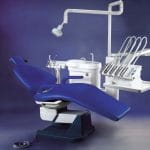Orthodontics is evolving, and if you’ve ever felt overwhelmed by the thought of metal braces or long treatment times, you’re not alone. Did you know that nearly 4 million people in the U.S. are currently wearing braces? Fortunately, the future of orthodontics is bright, with groundbreaking advancements in technology, artificial intelligence (AI), and innovative materials that promise to enhance your dental care experience.
In this article, you will discover the latest trends and cutting-edge technologies that are reshaping orthodontic treatments, making them more efficient and comfortable than ever before. From clear aligners to AI-driven diagnostics, these innovations are designed to improve patient outcomes and streamline the journey to a perfect smile.
Get ready to uncover how these exciting developments can transform your orthodontic experience!
The Role of Artificial Intelligence in Orthodontics
AI in Diagnosis and Treatment Planning
Artificial intelligence is making significant strides in orthodontics, particularly in diagnosis and treatment planning. By analyzing clinical imagery, intraoral scans, and photographic data, AI algorithms assist orthodontists in making more accurate diagnoses and informed treatment decisions. For instance, AI can evaluate complex data sets to determine the necessity of orthognathic surgery or tooth extractions, streamlining the decision-making process for practitioners.
Predictive Analytics and Treatment Outcomes
One of the most promising applications of AI in orthodontics is predictive analytics. By examining historical data alongside patient-specific factors, AI can forecast treatment outcomes with impressive accuracy. This capability enables orthodontists to create personalized treatment plans that enhance patient satisfaction and improve overall success rates.
Remote Monitoring and Teleorthodontics
AI-driven remote monitoring tools are becoming increasingly popular in orthodontic practices. These innovative tools utilize smartphone apps and digital scanners to track patient progress in real-time, significantly reducing the need for frequent office visits. This not only enhances convenience for patients but also ensures timely interventions if any issues arise during treatment.
The Revolution of 3D Printing in Orthodontics
Customization and Precision
3D printing technology has revolutionized the fabrication of orthodontic appliances. From clear aligners to surgical guides, 3D printers produce highly accurate and customized devices tailored to each patient’s unique dental anatomy. This level of precision ensures a better fit, enhanced comfort, and improved treatment efficacy.
- Key Benefits of 3D Printing:
- Customization: Appliances are tailored specifically to individual needs.
- Precision: Accurate fits lead to more effective treatments.
Speed and Cost-Effectiveness
One significant advantage of 3D printing is its ability to produce appliances quickly and cost-effectively. Orthodontists can now create aligners and other devices in-house, reducing both time and costs associated with outsourcing to dental labs. This capability allows for same-day treatments and faster overall timelines for patients.
Applications in Orthodontics
3D printing finds applications across various areas in orthodontics:
- Dental casts
- Clear aligners
- Occlusal splints
- Surgical templates
Moreover, it enables the production of customized lingual brackets and other orthodontic auxiliaries, further expanding personalized treatment options.
Clear Aligners: The Future of Orthodontic Treatment
Advantages of Clear Aligners
Clear aligners have surged in popularity due to their aesthetic appeal and convenience. Made from transparent plastic, these aligners are virtually invisible—an attractive option for adults and teens who prefer discreet treatment methods. They are also removable, facilitating easier maintenance of oral hygiene compared to traditional braces.
Effectiveness and Limitations
While clear aligners are highly effective for treating mild to moderate orthodontic issues—such as crowding, spacing, and minor bite problems—they may not be suitable for more complex cases requiring significant tooth movements or jaw corrections. In such instances, traditional braces or a combination of aligners with other orthodontic appliances may be necessary.
Technological Advancements
The future of clear aligner therapy looks promising with ongoing advancements in materials and digital technology. Innovations like virtual treatment planning and AI-driven monitoring tools are enhancing the precision and efficiency of aligner treatments, making them a viable option for a broader range of orthodontic cases.
The Integration of Digital Tools in Orthodontics
Digital Scanners and Imaging
Digital scanners have replaced traditional dental impressions, offering a more comfortable and accurate method for capturing dental anatomy. These tools produce detailed 3D models that orthodontists use for diagnosis, treatment planning, and appliance fabrication—eliminating the discomfort associated with plaster molds while improving overall patient experience.
Computer-Aided Design and Manufacturing (CAD/CAM)
CAD/CAM technology allows for precise design and manufacturing of orthodontic appliances. Orthodontists can create digital models of a patient’s teeth to design custom appliances that fit perfectly. This technology enhances accuracy and efficiency in treatments, leading to better outcomes and shorter treatment times.
Virtual Reality for Patient Education
Virtual reality (VR) is emerging as a powerful tool for patient education and treatment planning. By allowing patients to visualize their treatment outcomes, VR increases understanding and satisfaction while enabling orthodontists to simulate different scenarios to determine the most effective approach for each individual.
The Future of Orthodontics: Trends and Predictions
Accelerated Orthodontics
Technological advancements are paving the way for accelerated orthodontic treatments. Techniques such as diode laser treatments and high-frequency vibration devices can speed up tooth movement significantly, reducing overall treatment times—making orthodontic care more efficient for patients.
Biocompatible and Smart Materials
The development of biocompatible materials that adapt to changes in temperature and pressure is set to revolutionize orthodontics. These smart materials provide consistent force on teeth without frequent adjustments, improving effectiveness while enhancing patient comfort.
Personalized Medicine and Genomics
Integrating personalized medicine into orthodontics holds great promise for the future. By analyzing genetic factors, orthodontists can predict how patients will respond to various treatments—tailoring approaches accordingly to improve outcomes while minimizing complications.
Conclusion
The future of orthodontics is bright, with numerous technological advancements poised to transform the field. From AI-driven diagnostics to 3D printing innovations and clear aligners’ evolution, these developments make orthodontic care more precise, efficient, and patient-friendly. As technology continues to evolve, orthodontists will be better equipped to provide personalized treatments that ensure healthier smiles for patients worldwide. Embrace this exciting journey into the future of dental care—where innovation meets exceptional results!
What are the latest advancements in orthodontics?
The latest advancements in orthodontics include the use of clear aligners, such as Invisalign, which offer a less noticeable alternative to traditional braces. Other innovations include the use of 3D printing technology to create custom braces and the development of smart braces equipped with sensors to monitor treatment progress.
How are these advancements changing the field of orthodontics?
These advancements are making orthodontic treatment more efficient, comfortable, and aesthetically pleasing. For example, clear aligners can be removed for eating and cleaning, making them a more convenient option. Meanwhile, smart braces and 3D printed braces can potentially reduce treatment time.
What are smart braces?
Smart braces are a new development in orthodontics that use sensors to monitor the pressure being applied to the teeth and the progress of the treatment. Orthodontists can use this information to modify the treatment plan, potentially improving treatment effectiveness.
Are these new orthodontic treatments safe?
Yes, these new orthodontic treatments have been extensively tested for safety and efficacy. As with any orthodontic treatment, it’s important to discuss your options with your orthodontist to determine the best treatment plan for your individual needs.
How can I find out if these new orthodontic treatments are right for me?
If you’re interested in these new orthodontic treatments, the best place to start is by talking to your orthodontist. They can provide more information about these treatments and help you decide if they’re a good fit for your orthodontic needs.







